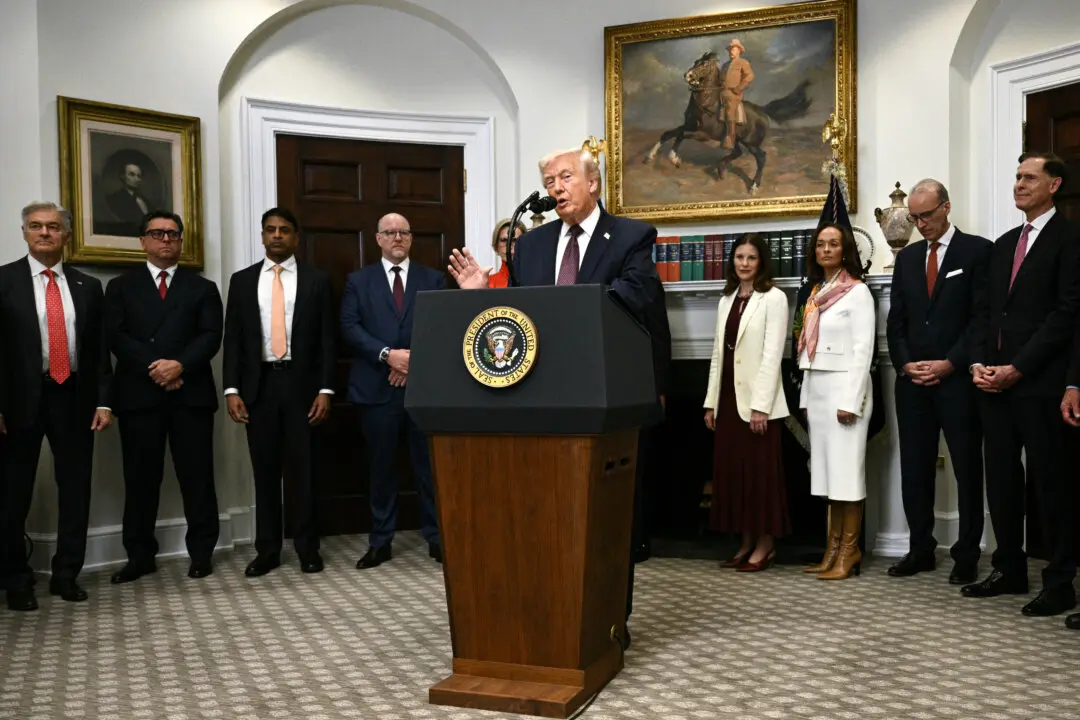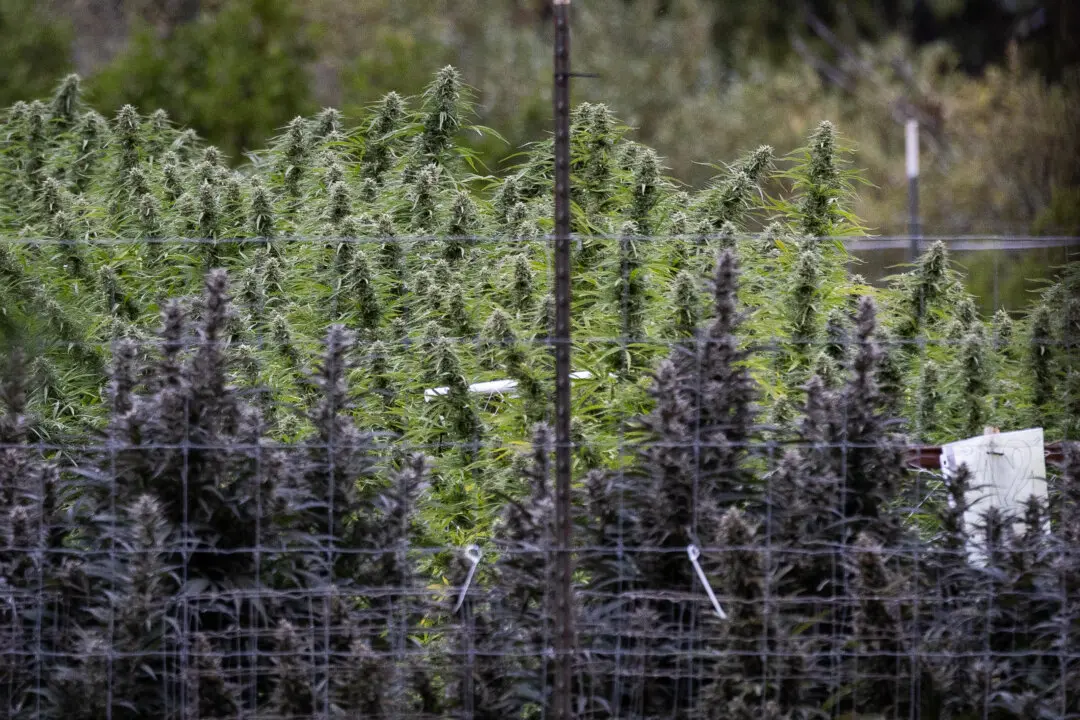California owes the federal government about $21.1 billion for loans the state received four years ago and failed to pay back, according to data released on Dec. 20 from the U.S. Treasury Department.
In response to a question by The Epoch Times, Gov. Gavin Newsom said finding the money for the state to work its way out of the debt is a priority for his administration.





